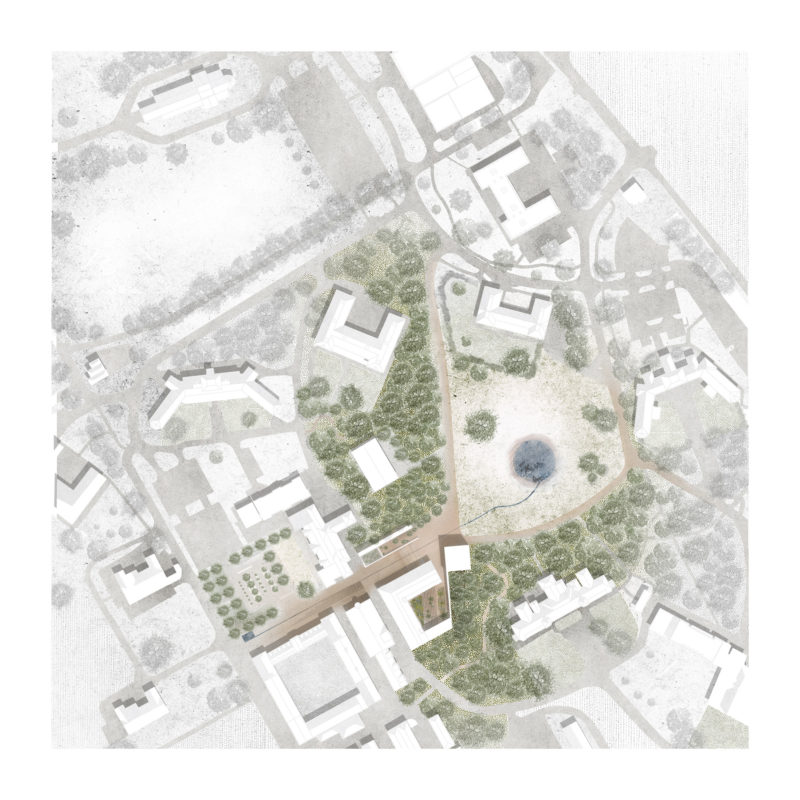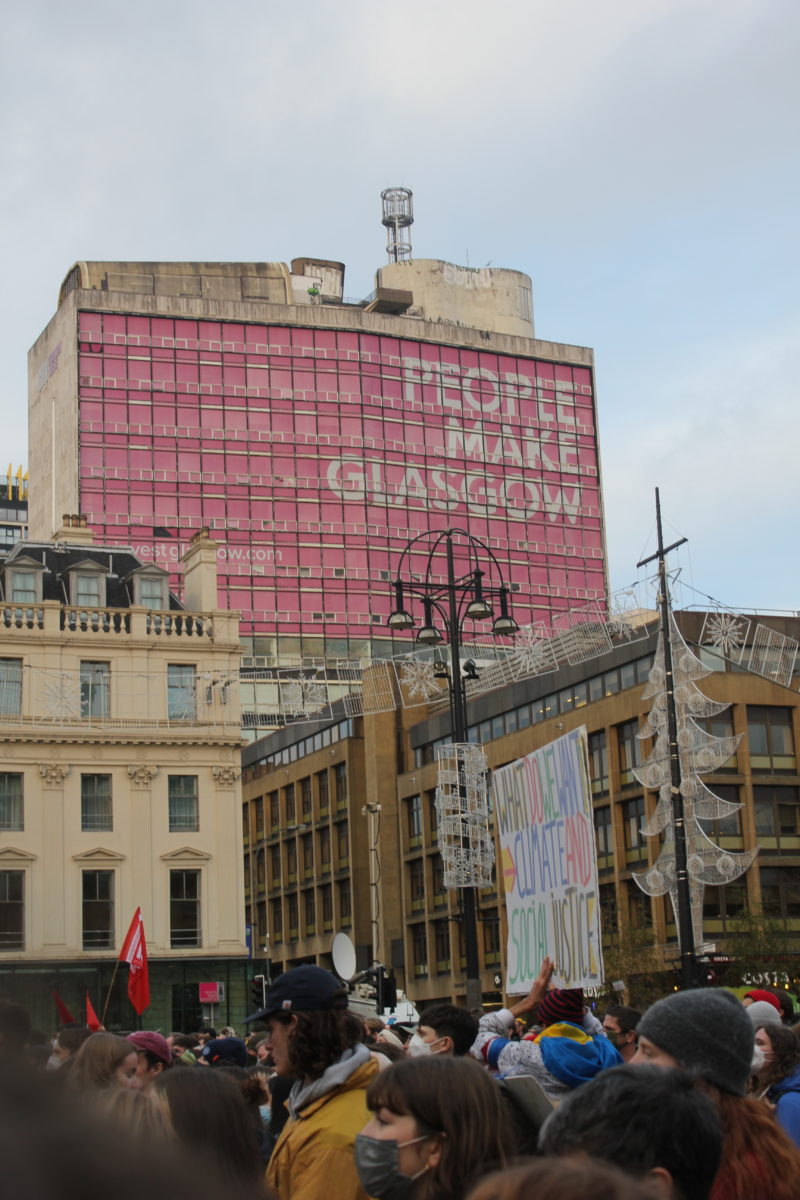Competition: Lindenau Museum, Altenburg
Imagine participating in a competition for the Lindenau Museum in Altenburg and being chosen as one of the selected firms. Along with five other architectural firms, we submitted our ideas on how to redesign the entrance area of the historic building. After almost seven hours of deliberation, a fourteen-member jury chose our design as the winning proposal.
A huge thank you to the jury (A-Z): Christiane Deckert, Christoph Ellermann, Matthias P. Gliemann, Dr. Roland Krischke, Uwe Melzer, André Neumann, Holger Reinhardt, Dr. Stefan Rhein, Hellmut Seemann, Dr. Jürgen Tietz, Dr. Ulrike Wendland, Bernd Wenzlau, Prof. Thomas Will and Christoph Zippel.
Congratulations to all who contributed to this project. Your dedication was admirable and played a key role in our success. Keep up the great work! Especially our talented team: Sarah Mooney, Gabriele Bernatzky, Key Wang and Robert Freudenberg.
The Crichton Centre for Memory & Wellbeing - Competition
The Crichton Trust / Institutional Campus & Estate / Dumfries & Galloway

The Crichton’s ambition to connect people, place and the past to shape the future struck us as a beautiful and important idea at the outset of this project.
Our initial fascination with, and interrogation of, the site stemmed from its many intertwining stories of healing, geology, history and production. The layers of meaning and potential below the surface are extraordinary, and every thread we pulled throughout the competition process opened up new lines of enquiry and generated new questions.
The site’s development witnessed a series of landscape ideas in succession. The initial gesture of the hospital set in an idealised pastoral landscape connecting to the river and onto Dumfries beyond is made explicit in the early views of the building. However, this site experience was progressively amended over time with the addition of the Solway cluster and 1900s ward houses, both with their own spatial logic and landscape ideas.
As a result, our approach was to re-imagine and clarify that landscape idea, to remake and reinforce it in the context of the new project and the contemporary and future uses of the site. We also found, around Solway, something approaching the quality of a street; of enclosure and active edges reinforced by the new cafe at Crichton Central, which is unique on the site. The idea of the street was important to us - a spatial and circulation logic, but also a social metaphor for a shared place of accidental encounter and exchange - the experiences which sustain and enrich a sense of community.
We further proposed reinforcing the open space and clarifying its edges with new woodland planting. This would become anchored by the new building and the landscape intervention of the new body of water, a relic of the quarrying process. A rill would run from this body of water down the site, echoing the rainwater which runs off the hills and into the Nith, leading users through the site and along the new ‘street’ of terraced, inhabited landscape. The street would therefore sustain a range of incidental social interactions and larger-scale events. The woodland itself would be a landscape to explore, with accessible routes through this new territory and a new wildlife habitat. Productive garden and orchard use was proposed for part of what is presently a carpark in front of Crichton Central, extending the existing green space and activating the edge of the new street.

Something like a barn
A natural affinity with the remarkable agricultural barns on the site was suggested. They are bright, airy, and connected directly to the outside. A grid of post-tensioned sandstone columns gives these buildings their identity, structure, and spatial order - using this material in a way that would be unique on the site to generate distinctive and flexible spaces. We proposed making two sides of a courtyard with a building like a barn to house these spaces, and in their section, a mezzanine or gallery allows for smaller-scale groupings than in the main spaces.
Something like a tower-house
In contrast, focused study, encounters with the archives and collections, and private reflection call for something more intimate, protected, enveloping, and perhaps quasi-domestic. The idea of the Scottish tower house - because it suggests a stack of distinctive, characterful rooms formed from a solid stone edifice - seemed very relevant. The significance of quarrying that very stone from the site felt like a powerful act.
Building with Stone
The homogeneity of the construction materials across the site is striking. In particular, the preponderance of the Dumfries sandstone is perhaps the site’s most significant material characteristic. In a climate crisis, we cannot, as architects and engineers working in the 21st century, make buildings this way now. Building structure needs to be kept warm and dry; cold bridging must be carefully controlled to minimise heat loss. This suggests to us an idea which at first seems counter-intuitive - to build from stone (rather than clad a building in a stone facade), we need an external skin that isn’t stone. Post-tensioned stone is an extraordinary innovation - this stone, in particular, is substantially more robust in compression than concrete. Post-tensioning allows the material to be used like concrete but with more slender members, shallower beam depths, less material and weight, and vastly less embodied carbon. It is beautiful and requires no further linings internally; its thermal mass stabilises temperature fluctuations, and it is of the site (it is the very bedrock on which every building is founded), making its use extremely interesting.
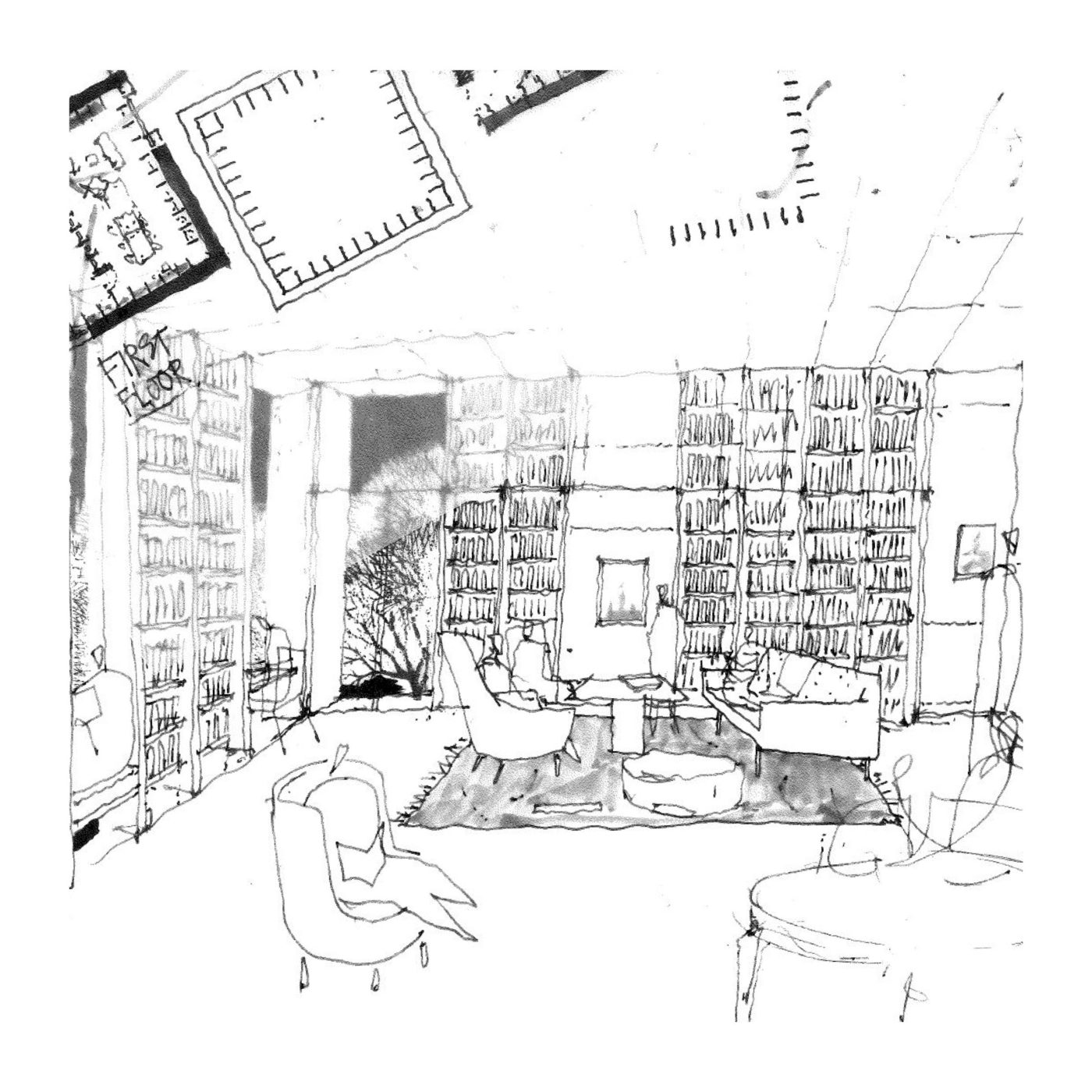
NHS Assure Conference 2022
Earlier this month Hoskins Architects’ Rory McCoy and Ally Morrison attended the inaugural NHS Scotland Assure Conference at Crieff Hydro, which ran with the theme of ‘Excellence in the Healthcare Environment’ and was hosted by NHS National Services Scotland. In addition the NHS Assure Design Excellence Awards were announced at the conference, on the 3rd of November, 2022.
Prior to the pandemic, Health Facilities Scotland held the annual NHS Scotland conference and awards ceremony, showcasing all NHS Scotland Estates and Facilities topics, which our team regularly attended.
This year’s conference was, once again, a great opportunity to catch up with some familiar faces, as well as making new acquaintances with individuals working within the Healthcare sector. Below are Ally and Rory’s accounts from their time at conference.
Ally:
Over an incredibly informative and enriching two days, we attended a number of seminars addressing various topical issues relating to Healthcare design. These were complimented brilliantly by keynote speakers such as Dr Chris Turner and Terry Waite, who offered powerful perspectives directly applicable to our role as Architects on subjects such as trust, civility and teamwork.
A pertinent theme over the two days was NHS Scotland’s drive to achieve net-zero emissions by 2040 through its various workstreams. It was encouraging to hear discussion of the role that design teams can play in reducing building emissions through the design of sustainable and nature-rich healthcare environments.
Rory:
After the interruption of the pandemic in the last few years, I was excited to attend this years NHS Assure conference, having been to previous Health Facilities Conferences.
This year I found a talk given by Dr Chris Turner, from Civility Saves Lives, particularly interesting; as a trauma consultant in England, he spoke about how rudeness in the workplace affects cognitive ability. He spoke about how a person’s cognitive ability significantly drops if they are subject to rudeness in the workplace, and that those who witness it are affected similarly. He had lots of compelling stories to illustrate this along with statistics and studies as evidence. Although he referred to the medical industry, I strongly believe this can be applied to any sector and I’ll be sharing the resources from Civility saves lives with our practice.

We were also delighted to see our project, Greenock Health and Care Centre which brings together a range of health and care services for NHSGGC and Inverclyde HSCP under one roof, Highly Commended in the Design Excellence category at the awards ceremony.
Of the project (and the wider model, developed by Hoskins Architects with NHSGGC), the judges said “The repeatable model for an integrated health centre continues to impress and the facilities provided for staff were exemplary, especially the staff terrace adjacent to the communal staff lounge at the top of the building.”
Hoskins Architects Transitions to Employee Ownership.
Hoskins Architects has re-structured to better reflect its growing international business and, at the same time, transitioned to employee-ownership in a move that enshrines our long-held company ethos, reflecting our core vision and collaborative, collegiate approach to our work.
The process has been driven by a desire to engender a sense of ownership across our team, rewarding the loyalty and low staff turnover our practice has always enjoyed, and to recognise the positive contribution that every member of our team makes. We have developed a business structure we believe will continue to put purpose and people first, maximising staff engagement and productivity to the benefit of colleagues, clients and consultants alike.
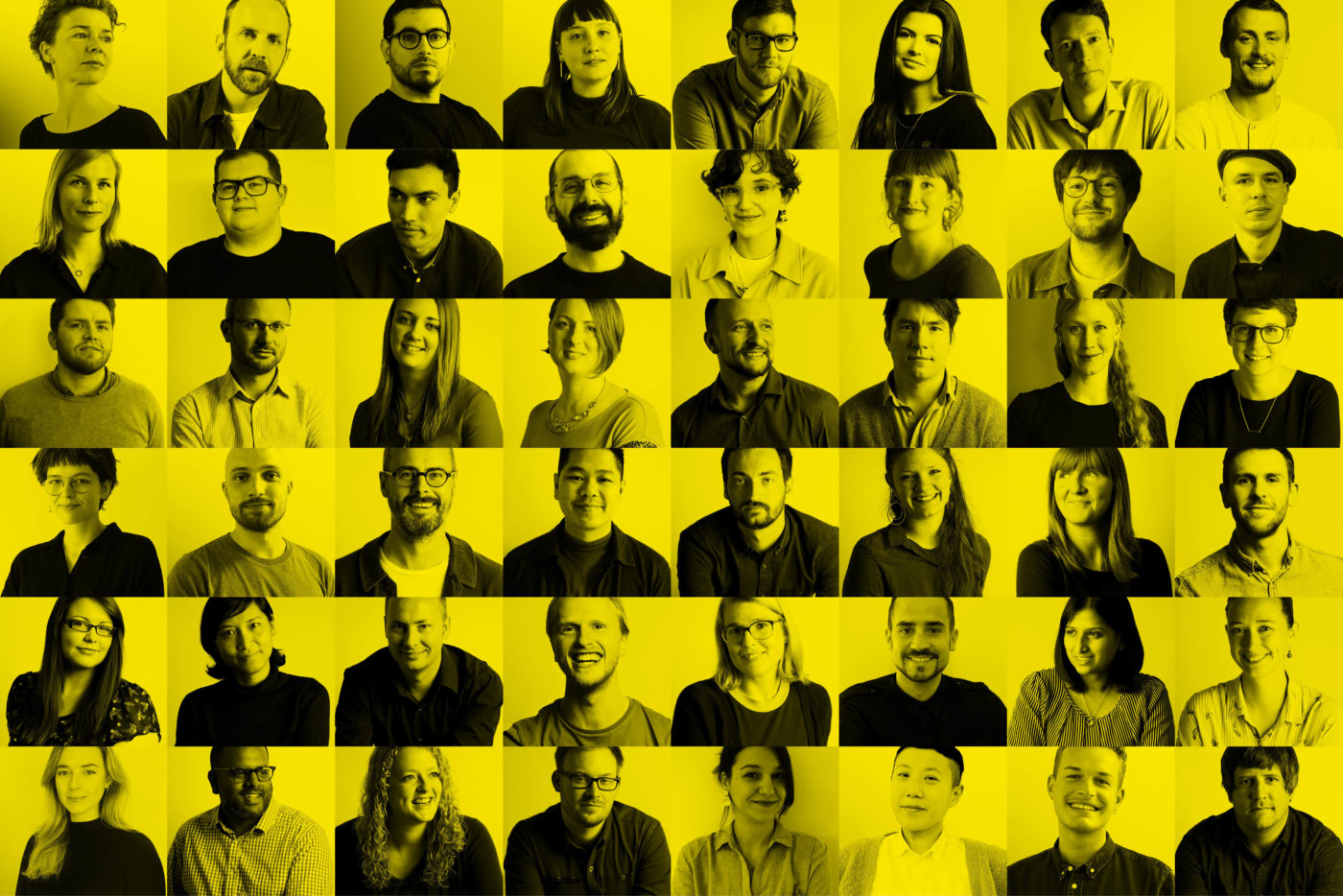
From our studios in Berlin and Glasgow our team of 48 colleagues delivers considered, sustainable projects that focus on the needs and experience of building users. Our projects have been recognised in numerous architectural awards including many RIBA national awards, the European Museum of the Year Awards and twice winning the RIAS Andrew Doolan Best Building in Scotland Award.
The last decade has seen some significant changes in our company, including the untimely loss in 2016 of our friend, founder and major shareholder, Gareth Hoskins OBE, and the formation and development of our branch in Berlin, now delivering major projects across Europe. These changes have strengthened the bond between two studios led by a management team who have now worked together for more than 20 years.
Over the past five years, we have carefully considered how Hoskins Architects could develop in a way that reflects the connections between colleagues and our shared vision, enhances how we work and meets the needs of our team in both the UK and Germany. The resultant re-structuring sees us move from three individual shareholders to employee ownership, through an Employee Ownership Trust model.
We have created Hoskins Architects Group Limited as sole owner of Gareth Hoskins Architects Limited and our newly established Hoskins Planungs GmbH in Germany, both of which operate under the Hoskins Architects trading name. The new German company, based in our studio in Berlin, has now taken on all of the business previously carried out in Europe by our former independent branch office, and is made up of all the same talented, Berlin-based people.
In addition, Hoskins Architects Group Limited is now owned by all our employees via an Employee Ownership Trust (EOT). Whilst relatively common in the UK, this ownership model is an unusual and exciting development for a German business.
Transforming our international business into an employee-owned group has been far from simple, but our team has met the demands of the process head-on and had excellent guidance from some very capable advisers. Our dedicated implementation team worked closely with Andrew Harrison of Co-ownership Solutions and Douglas Roberts and his team at Lindsays, experts in transition to employee-ownership. The international component brought significant complexity with which our team were ably assisted by international accounting firm Mazars.
We have embraced this opportunity to secure the long-term, sustainable future of our practice, building a strong foundation for continued success. We look forward to many more years of productive, collaborative work as Hoskins Architects develops and grows, continuing to put people at the heart of all we do.
We are employee-owned. We are Hoskins Architects.

Timeline
Hoskins Architects was established in Glasgow in 1998 by the late Gareth Hoskins OBE (1967-2016) and operated as a sole trader until 2003 when Gareth Hoskins Architects Limited was incorporated. In 2007 shareholding was divided between Gareth and two other directors, Chris Coleman-Smith and Jen Guillain (who remain in post today). In 2014 the Berlin branch office was officially established. In 2016 Gareth Hoskins suddenly, unexpectedly passed away. In late 2021 Hoskins Architects Group Limited was incorporated, as the first move to restructuring as an employee-owned company. HAEOT Limited (the corporate trustee for the Employee Ownership Trust) was incorporated in Feb 2022 and Hoskins Planungs GmbH was registered in March 2022. On July 1st 2022 the assets of the Berlin branch office were transferred to Hoskins Planungs GmbH. Under the new structure there is no change to our contractual appointments in the UK and, as far as project delivery is concerned, it’s very much business as usual.
Current employee numbers:
Berlin: 13 / Glasgow: 35
Group Structure:

Directorship:
Board of HAEOT Limited (corporate trustee) –
EOT Board voted for by staff. Will serve terms then a new employee vote will elect a new board:
1 Director (UK), 1 Director (DE), 1 Employee (UK), 1 Employee (DE), 1 External Trustee - currently:-
Gordon Gibb, Gabriele Bernatzky, Chloe van Grieken, Myriam Didjurgeit, External TBC
Hoskins Architects Group Limited –
Will be all 10 directors of the two subsidiaries
Gareth Hoskins Architects Limited (UK trading company) –
Chris Coleman-Smith, Jennifer Guillain, Gordon Gibb, Sophie Logan, Nick van Jonker, Thomas Hamilton
Hoskins Planungs GmbH (DE trading company) –
Gabriele Bernatzky, Thomas Bernatzky, Tim Harland, Sarah Mooney
An Outdoor Learning Classroom for Parkhill Secondary School
Over the past year we have had the fantastic opportunity to work with students of St Andrew’s RC Secondary School in Glasgow’s East End on a community investment project, tied to the development of our new Parkhead Hub Health and Care Centre project, being developed by NHS Greater Glasgow & Clyde (NHSGCC) on behalf of the Glasgow City Health and Social Care Partnership.
This multi-faceted community benefit project was delivered for NHSGCC by development partner hub West Scotland (hWS). All parties involved share a passion for ensuring that every project delivered has a positive impact upon the local community.
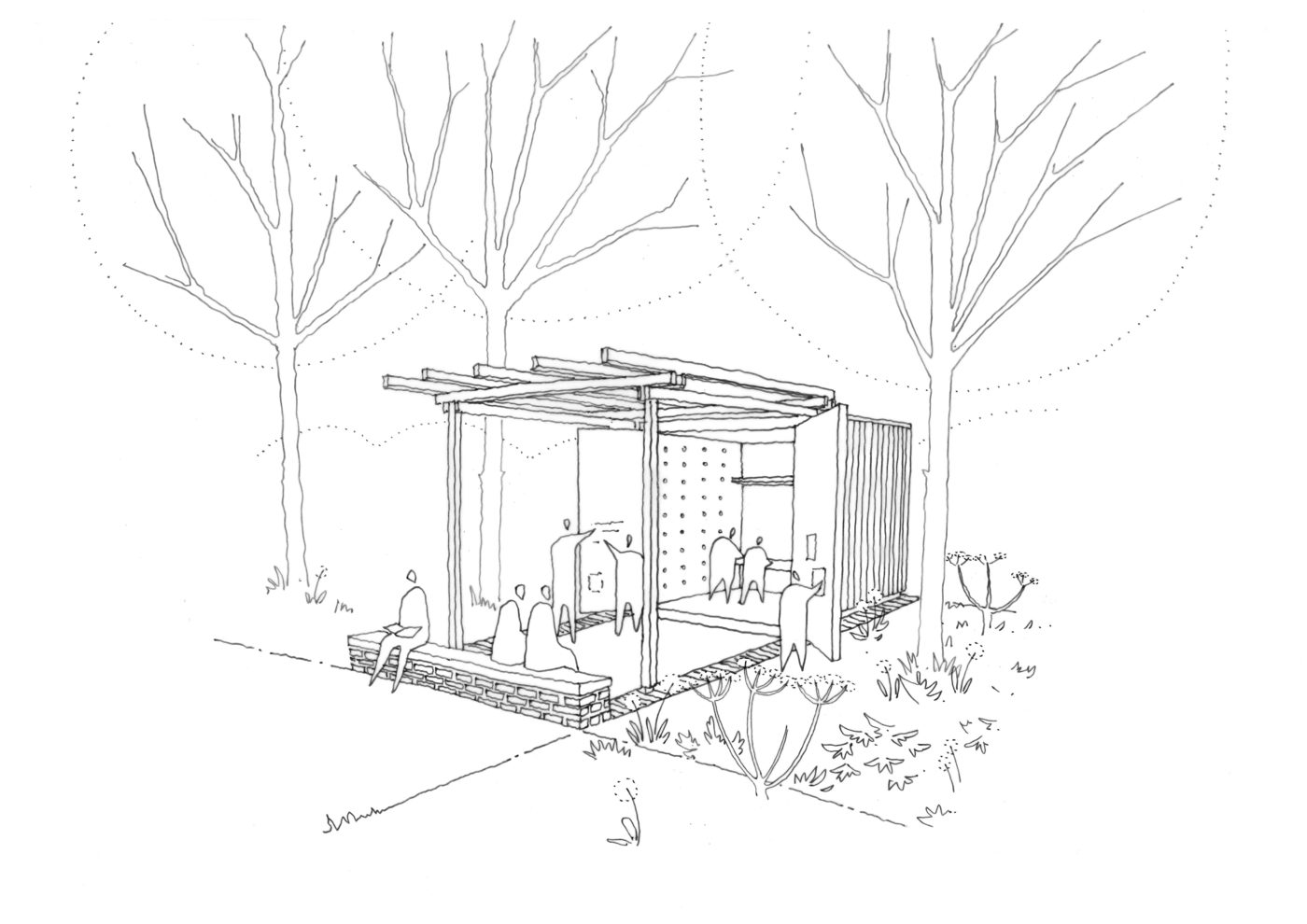
One of the core aspirations of this particular project was to provide unique training opportunities for young people in the local community who were interested in careers in construction. Along with our design team, we collaborated with NHSGGC, hWS, Skills Development Scotland, Glasgow Kelvin College, BAM construction to design and deliver a course as part of the SCQF Level 4 Foundation Apprenticeship Course at Glasgow Kelvin College.

The course aimed to provide the young people with hands-on experience in the design and construction of a building that would benefit their local community, and help them gain new skills and connections. The students had a real-life client – Parkhill Secondary School in Haghill, that caters for pupils with Additional Learning needs. Parkhill is an Eco friendly school with a strong focus on embedding outdoor learning into the curriculum for all its pupils. The brief was to design a small building that would support and allow them to increase their outdoor learning activities.
The design and construction of this building was used as a tool to introduce and teach the students about the various roles in construction, the key stages in a construction project and the collaboration that takes place along the way.
A further aim of the course was to promote an understanding of the impact the building industry has upon the climate and ecology. With the built environment being responsible for approximately 40% of the global greenhouse gas emissions, we sought to give the students a clear understanding of the impact decisions made in the construction process have, and the changes we need to make to provide sustainable environments.
The proposal nestles between mature trees located beside the school’s growing spaces and was designed to be a flexible, adaptable space to support their horticultural activities.

The design repurposes an old shipping container; lined and insulated internally and timber clad externally. It opens out onto a new paved terrace which is terminated by a long brick bench and enclosed above by an open timber framed structure. The timber framed structure forms a support for climbing plants which will eventually create shading and form an intimate, sheltered space. The design, wherever possible, used waste materials from other construction sites, and was developed to provide the students with experience in a variety of different trades: groundworks, brickwork, joinery, decoration, landscaping.
We believe that through sharing skills and promoting careers in the construction industry, projects like the Parkhill Secondary School Outdoor Classroom can have a powerful social impact and benefit to the community in a multitude of ways. We hope the students were inspired by the project and recognise how their involvement will enhance people’s lives and their environment.
Getting involved at COP26
This year, our city of Glasgow was host to the 26th
UN Climate Change Conference of Parties – COP26. The conference took place between 31st October and 12th November, with a plethora of related events, workshops and exhibitions taking place throughout the city and around the globe.
Developing the approach implemented for Climate Action Day in 2019, we actively encouraged participation by offering everyone on our team an extra day off to attend any event they felt would help change the world in a positive way. Many of our colleagues took this opportunity to get involved in the action. Here are just a few of the highlights, as viewed through the lens of the members of our team who took part.

We were delighted to be joined by Janna Laan Lomas for a talk on the use of natural and sustainable materials in architecture. Janna is not only the founding director of Grain Architecture, but also co-founded Natural Building UK, and the Natural Materials group within ACAN
(Architects Climate Action Network). Her talk inspired conversation on the opportunities, benefits and challenges involved with integrating natural materials into the work of our own studio. After the talk, several of our architects visited ACAN’s Natural Materials Market Stall at Many Studios to see some of their samples and work on show.
An important aspect of the action taking place around COP26 was amplifying voices and experiences from around the globe, driving home the urgency and immediacy of the climate crisis. Michael Pinsky’s exhibition Pollution Drift did just that, providing an immersive experience which highlighted the dangers of air pollution. One member of our team, Vas, gave his review of the exhibition:
“Air pollution kills an estimated 7 million people globally each year. Michael Pinskys installation Pollution Pods allow visitors to experience some of the worst quality air on the planet, and understand why action on air pollution is urgently needed. The Pollution Pods are a series of geodesic domes whose air quality, smell and temperature accurately recreate the pollution of five different locations on three continents: London, Beijing, São Paulo, New Delhi and Tautra a remote peninsula in Norway. We thought that this was a powerful immersive piece which managed to convey the damage taking place in a way that statistics can fail to do”
While it is important to acknowledge and learn about the causes of the climate crisis and the impact it is having all around the world, it is crucial that we continue to explore and enact solutions. The Sustainable Glasgow Landing provided a pop-up venue for local and global organisations to showcase potential ways in which we can respond to the climate emergency. Several of our colleagues went to explore the Landing and attended Glasgow City Council’s talk on Nature Based Solutions to a Resilient City. Chloe outlined the event:
“Glasgow City council presented the Avenues project, and how they have been using the pilot project on Sauchiehall St to inform the design of the other avenues. Some interesting takeaways - there has been a 300% increase in cyclists on Sauchiehall St, the root zones allow for the trees to double in size over their lifetime, and they have been trialling different tree species and raingardens to find the best combinations for Glasgow's climate.”
In addition to this talk, the group visited IGS’s exhibition on vertical farming, and also took part in VIDI’s AR experience which offered depictions of two potential future scenarios for George Square depending on climate action or inaction.
The Fridays for Future climate strike and Saturday’s protest march in Glasgow Southside were well attended by our colleagues. Thousands of people took to the streets to call for climate action from our world leaders. The atmosphere was one of solidarity, anger and urgency and it felt powerful to be even a small part of this larger movement. Friday’s march left from Kelvingrove park and ended at George Square. The procession was led by Amazonian youth from Brazil and Ecuador, who later spoke on the main stage about their fight to protect their land and the nature within it and the imperativeness for banks to divest from Amazon destruction. Hearing these voices amplified really emphasised the fact that the climate crisis is happening now and that action can no longer be delayed.

While only time will tell if the governmental level action to come out of the Conference of Parties goes far enough, the events surrounding COP26 were of huge value to local and global communities alike. The knowledge and experiences shared are things which we will reflect upon and take into both our personal and professional lives.
[AF]





